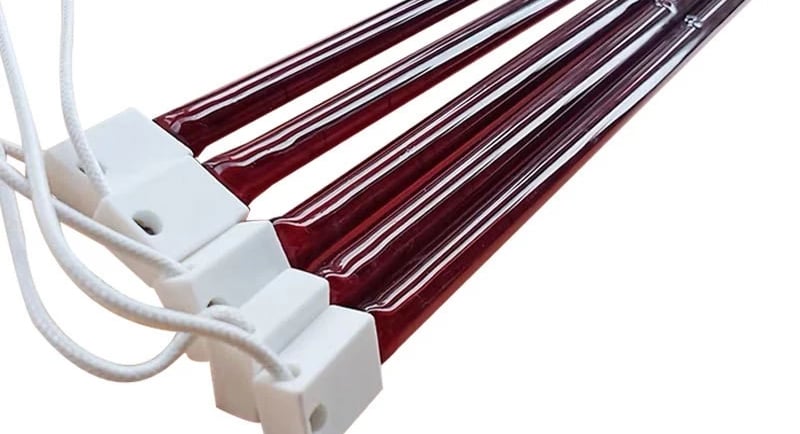Working Principle of Infrared Lamps
Light bulbs designed specifically for heating differ from standard incandescent bulbs in several key ways.


Understanding how infrared lamps work is fundamentally similar to understanding traditional light bulbs. A thin tungsten filament is enclosed in an inert gas capsule and acts as a resistor. It warms up and emits light when electric current flows through it, simultaneously radiating both light and heat.
However, bulbs specifically designed for heating differ from standard incandescent bulbs in several key aspects:
They are typically engineered to operate under stronger electric currents than conventional bulbs, thereby generating higher temperatures.
Most standard bulbs have a maximum power rating of around 100 watts, which is often the lower end for infrared heaters that can operate up to 2 kilowatts or more.
Lighting capability is usually not the primary feature. Their light output may even be intentionally limited to prioritize heating performance, often achieved through filters or reflectors to concentrate thermal radiation.
More durable materials are used compared to low-power bulbs. Common examples include heavy-duty filaments and ceramic bases, which help prevent bulb explosions or casing melting under high-current conditions.
